As plastic part design continues to push boundaries and sustainability remains a top concern, the challenges to injection molding are increasing. This is especially true with bio-based and biodegradable molding materials like polylactic acid (PLA) in applications such as a low-thickness single-serving capsule.

A 32-drop hot runner system equipped with the Tp valve gate PGY20 nozzle series. Photo Credit, all images: Oerlikon HRSflow
The success of single-serving capsules is owed to the consumer’s demand for convenience and ease of use. However, people are becoming more and more conscious about the environmental impact of their habits, and the single-serving capsule industry has come under scrutiny.
Oerlikon HRSflow developed and produced a hot runner system configuration to meet this challenge for a mold builder who pledged to come up with a solution made of biodegradable PLA that was both eco-friendly and attractive.
The requirements to produce these single-serving capsules included developing a consistent molding process, eliminating material degradation, shortening cycle time, improving the part appearance and yielding a good gate quality.
Material Impact and Analysis Drive Design
The first step to developing a solution was understanding the material at hand. PLA is polyester made through fermentation of a carbohydrate source such as corn starch or sugarcane under controlled conditions. The complexity of processing PLA — and generally all similar bio-sustainable resins — is related to its thermal and shear sensitivity, leading to easy degradation when it is not correctly processed. So, the mold builder had to develop a stable molding process with no material degradation in a wide process window and reduced material scrap at a startup or system restart.

A flawless single-serving capsule with a 0.45-millimeter thickness, a nominal weight of 2.5 grams and a 4.2-second cycle time.
Other system considerations include:
- Correctly dimensioning the hot runner system. The main risk in thin-wall packaging applications is that some cavities may overfill while others will not completely fill.
- Managing the thermal sensitivity of compostable materials via a multi-cavity hot runner solution with a uniform thermal profile along the whole system to avoid fast polymer degradation.
- Correctly size the hot runner channels to control the shear rate, which avoids any friction within the material and ensures consistent part weight.
For this specific application, the mold builder worked with Oerlikon HRSflow to design a 32-drop system equipped with Tp valve gate PGY20 hot runner nozzles. The company first determined a naturally balanced channel layout to design this hot runner system. Next, it used custom-made software to conduct a rheological analysis of the channels. The input data included the system layout and parameters such as part weight, injection time and material viscosity characterization. Based on this data, the software defined the material residence volume, the maximum shear rate, shear heating and pressure drop. The channel diameters were then designed to keep the shear rate under the value of degradation in a wide process window while keeping the residence volume of material under control.
Next, the company used finite element method (FEM) thermal analysis of the hot half plates and cooling system to design the heater layout. As a result, the hot runner system ensures an even temperature distribution from the molding machine nozzle to the gate.
This design approach ensures high flexibility to the molder when tuning the molding process, reduces the risk of material degradation, significantly decreases material scrap at system startup and restart and ensures a perfect system balance on a wide process window for a high part-to-part weight consistency.
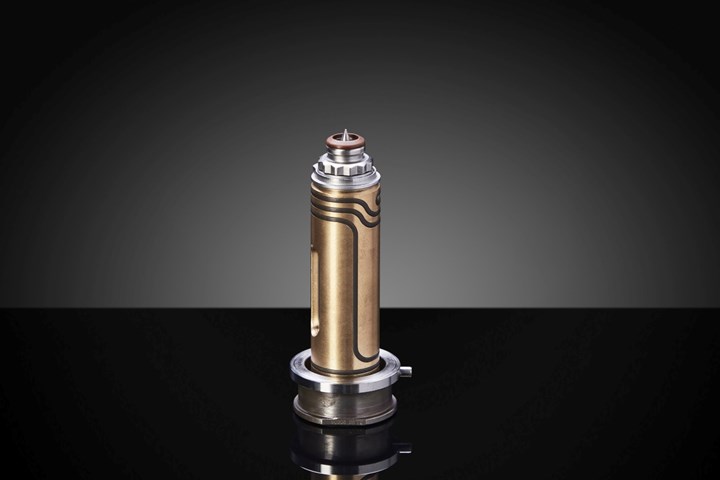
The TP valve gate nozzles offers a reduced nozzle pitch of 29 millimeters.
System Specs
Designed for low-weight shots ranging from 0.2 to 50 grams, according to the polymer used, this multi-cavity hot runner series offers maximum design flexibility and ensures tight production tolerances simultaneously. The minimum gate-to-gate pitch for open gates is 22 millimeters, with the smallest nozzle pocket of Ø 16 millimeters. For valve gates, the minimum pitch is 46 millimeters using the on-plate cylinder (up to 25 millimeters with multi-valve plates), and with the cylinder on the manifold, the minimum pitch between drops is 37 millimeters. This system is suitable for large-scale production of injection-molded parts when surface quality and short cycle times are required.
Oerlikon HRSflow also brought in sister brand Oerlikon Balzers for its surface coating protection solutions to enhance the corrosion resistance of all the molding surfaces, which yielded quality results over the mold’s lifetime despite high production volumes.
Several tests revealed that the perfectly balanced hot runner solution — proper gate configuration, correct channel dimension and uniform thermal profile — yielded a flawless single-serving capsule of 0.45-millimeter thickness with a nominal weight of 2.5 grams and a cycle time of 4.2 seconds.
Sustainable Future
Hot runner manufacturers continue to work on systems to process post-consumer recycled (PCR) compounds. These hot runner solutions are engineered to prevent the damages caused by foreign particles accidentally present in the resins, avoiding any streaking or flow marks that could jeopardize the cosmetic and functional result of molding.
Related Content
Machining Center Spindles: What You Need to Know
Why and how to research spindle technology before purchasing a machining center.
Read MoreIt Starts With the Part: A Plastic Part Checklist Ensures Good Mold Design
All successful mold build projects start with examining the part to be molded to ensure it is moldable and will meet the customers' production objectives.
Read MoreThe Benefits of Hand Scraping
Accuracy and flatness are two benefits of hand scraping that help improve machine loop stiffness, workpiece surface finish and component geometry.
Read MoreAdvantages and Disadvantages of Copper and Graphite Electrodes
Both copper and graphite provide approximately the same end result, so it is important for a shop to consider the advantages and disadvantages of each material in order to discover what would work best in their shop floor environment.
Read MoreRead Next
How to Use Servos and Sensors to Advance Process Control
A servo and sensor combination that makes the mold the machine presents opportunities to advance process control.
Read MoreWorkflow and Quality Count
A recent visit to a hot runner systems and solutions provider proved the importance of workflow and quality to a production facility’s layout.
Read MorePartnership Advances Process Control Using In-Mold Sensors
RJG and HRSflow have partnered up to provide an advanced process control solution, specifically for servo valve gate technology or independent cavity control.
Read More

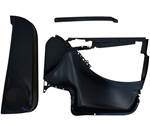

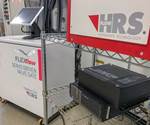





.jpg;maxWidth=300;quality=90)









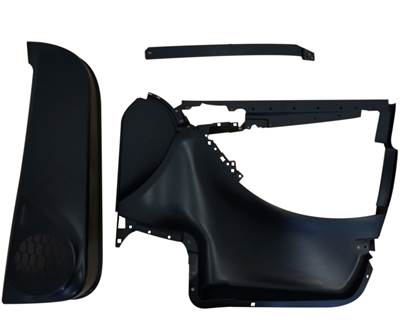
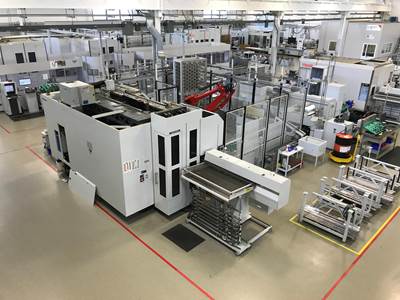
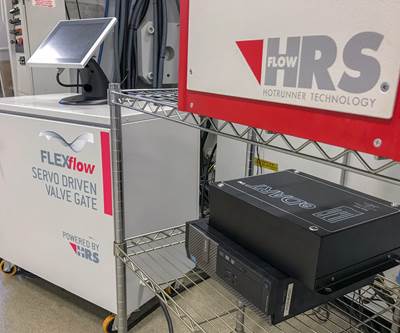
.jpg;maxWidth=970;quality=90)